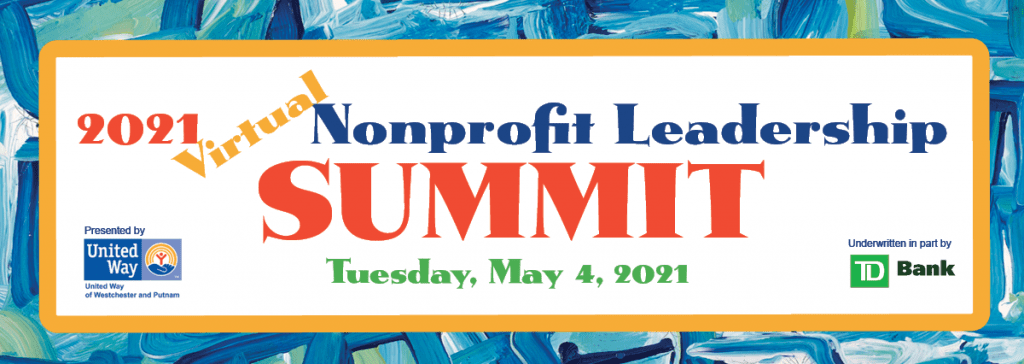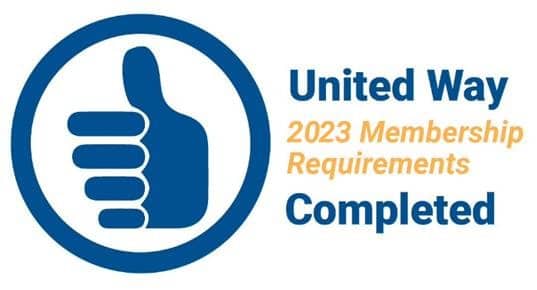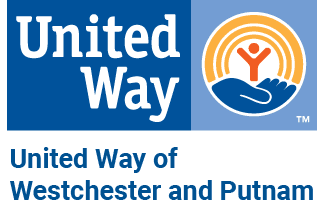
Tuesday Keynote Session: Moving Nonprofits from Messy to Thriving with Joan Garry
Strategic Planning and Program Evaluation Panel
You want to make a difference, but how do you make a plan that works and how can you tell whether or not your program is reaching its goals. Find out the answers to some of your questions about strategic planning and program evaluation from experts from some of our local colleges.
Dr. Marciana Popescu, Fordham University,
Dr. James Melitski, Marist College,
Dr. Thomas Coughlan, Mercy College.
and Dr. Noushi Rahman, Pace University
Moderated by Michelle A. Nicholas, Girls Inc. of Westchester County
Learning Opportunities Related to Moving Nonprofits from Messy to Thriving
Read
Exploring the Key Roles of Nonprofit Boards by William A. Brown and Chao Guo
Points to Highlight
● The article explores two important questions. First, what do executives describe as the most important roles of the board? Second, what are the organizational and environmental contingencies under which certain board practices are prevalent? An exploration of how board roles are prioritized by nonprofit executives is important as we consider the benefits of these roles to the operating performance of nonprofit organizations and how best to engage members in the work of the board.”
● “Community foundations are like other nonprofit organizations in that they face multiple indeterminate challenges that force the board and the executive to make choices about how to operate the organization. Potentially, they have an even more challenging time understanding and defining these constituents because they do not provide a specific social service but rather are asked to provide a more ambiguous “leadership role” for the community. Needless to say, the boards of community foundations have a challenging task, and various environmental and institutional factors will influence the focus of their activities.”
● “In all, 66 executives discussed the board’s role in securing donations and donors, over half the respondents. The respondent typically discussed the board’s role as facilitating and negotiating optimal relationships that support the growth of assets in the foundation. Most commonly, executives discussed how board members are useful in “opening doors” for the executive.”
● “Strategy and planning was mentioned by 56 respondents (46%). Many executives talked about the need for the board to “set the direction” for the organization. Executives talked about long-range strategic planning, attending retreats, and leading the organization. In many ways, the executives were looking to the board to help negotiate the organization’s position in a complex environment. Some executives discussed the board’s role in strategy as helping set priorities.”
● “The study found that institutional and organizational forces can help explain tendencies of executives to prioritize different roles. Organizations that operate in resource-constrained environments are more likely to specify the board’s role in resource development as important. Organizations that operate in more complex environments as reflected in larger service areas are more likely to discuss the board’s role in helping shape the organizations strategy. Third, we found that larger, more diversified organizations were more likely to discuss the board’s role in an oversight capacity”
Read
Problem Boards or Board Problem? by William P. Ryan, Richard P. Chait and Barbara E. Taylor.
Points to Highlight
● “On the one hand, boards are touted as a decisive force for ensuring the accountability of nonprofit organizations. On the other hand, the board is widely regarded as a problematic institution. And it’s not just the occasional nonprofit financial implosion or scandal that’s troubling. All institutions, after all, have their failures. Perhaps more worrisome is the widespread sense that underperforming boards are the norm, not the exception.”
● “The problem with boards has largely been understood as a problem of performance. Judging from our recent discussions and interviews with board members, executives, and consultants, three board-performance problems appear most prevalent. First, dysfunctional group dynamics—rivalries, domination of the many by the few, bad communication, and bad chemistry—impede collective deliberation and decision making. Second, too many board members are disengaged. They don’t know what’s going on in the organization, nor do they demonstrate much desire to find out. Third, and most important, board members are often uncertain of their roles and responsibilities. They can’t perform well because they don’t know what their job is.”
● “By law, the board’s fundamental purpose is to hold a nonprofit accountable to the broader community. The law offers little guidance, however, on how boards should do so—beyond referring to broadly conceived “duties of loyalty and care.” The standard statements of roles and responsibilities offered to board members attempt to add flesh to this legal skeleton. But a job predicated on legal accountability is, almost by definition, not a compelling job. To ensure this accountability, boards focus on norms and standards of minimally acceptable behavior. Trustees are tasked to prevent trouble more than promote success.”
● “The board, as an entity, also encourages vigilance by managers. Nonprofit executives often say, “The board keeps me on my toes” or “I can feel the board looking over my shoulder.” Henry Mintzberg, a strategy theorist, likened the corporate board to a bumblebee that buzzes around the head of the CEO. Ever mindful of the possibility of being stung, the CEO remains vigilant. As that image suggests, even random, annoying activity can be sufficient to keep managers alert.”
Watch
Respond
336 Central Park Avenue
White Plains, NY 10606
914.997.6700
Privacy Policy
Board Portal
Career Opportunities

